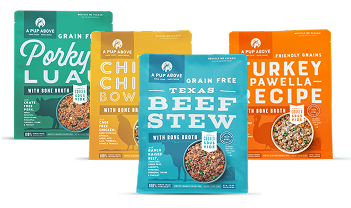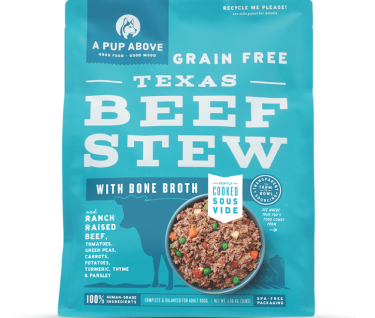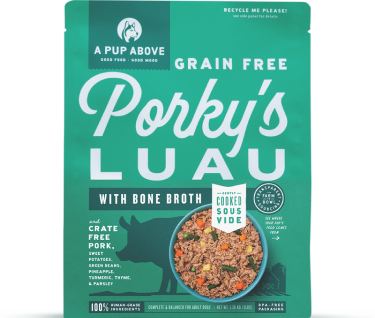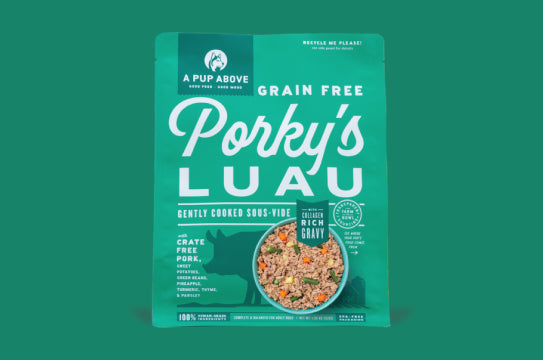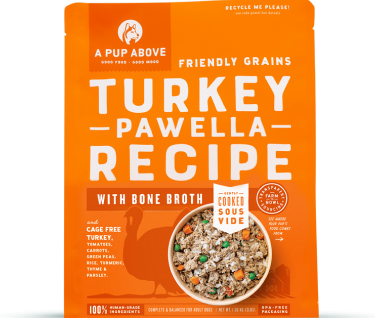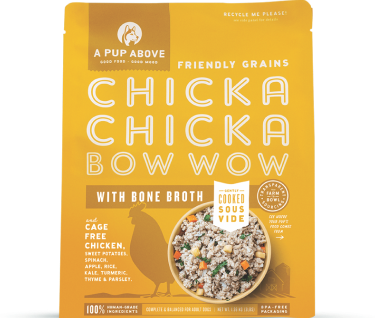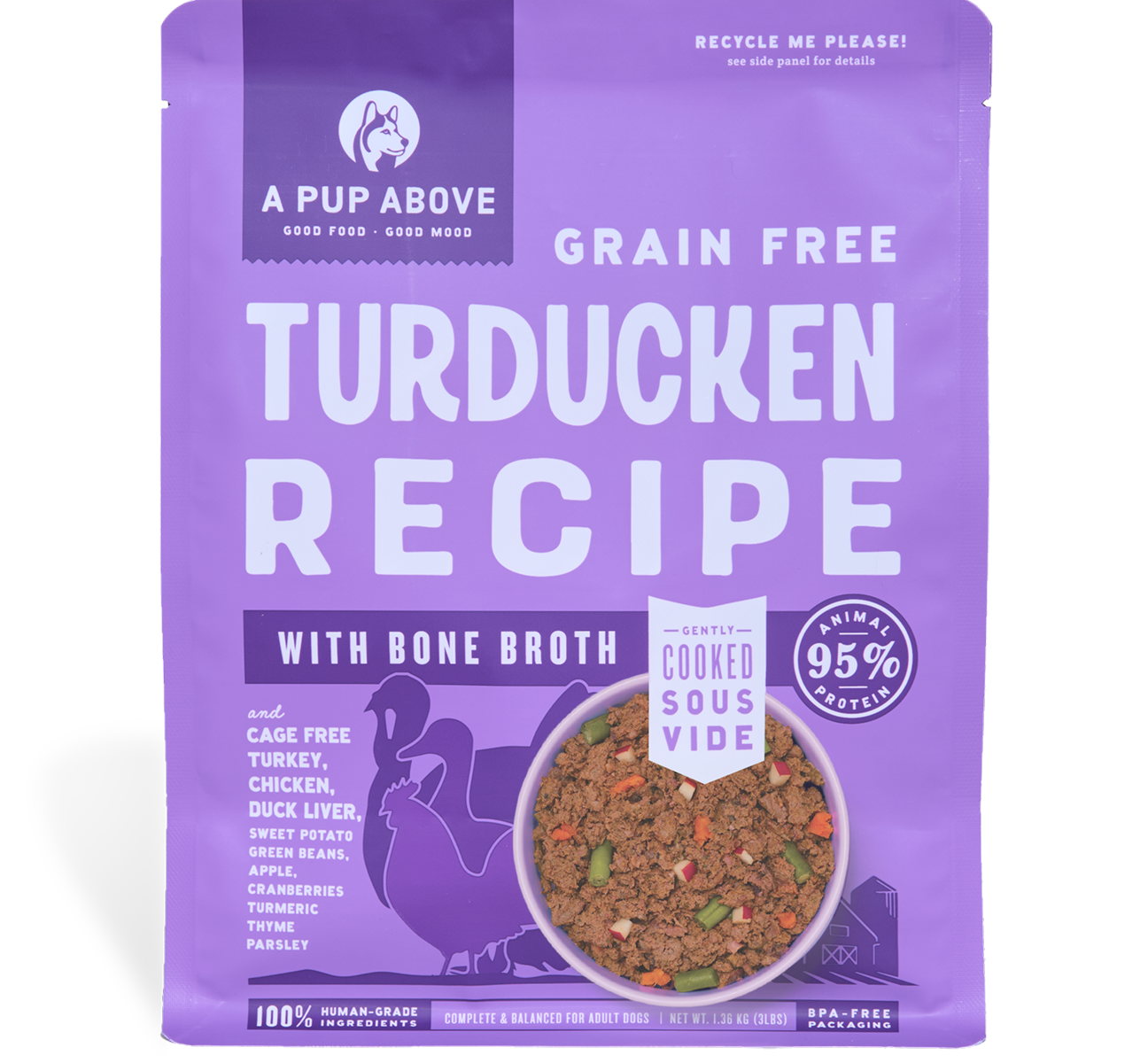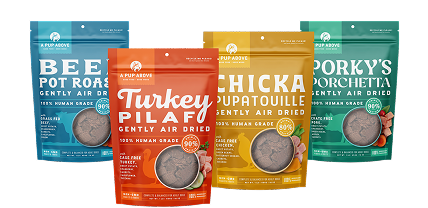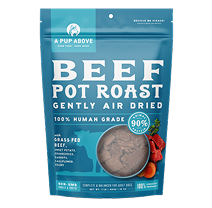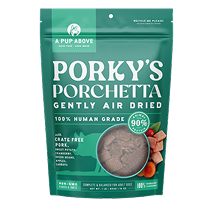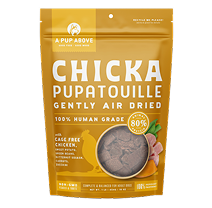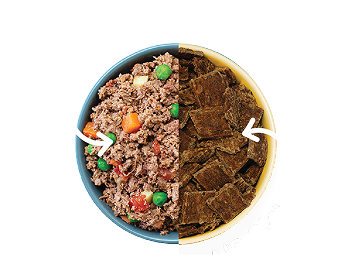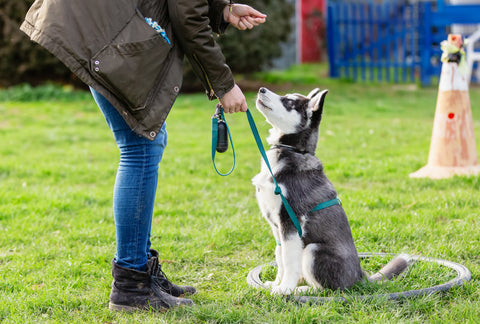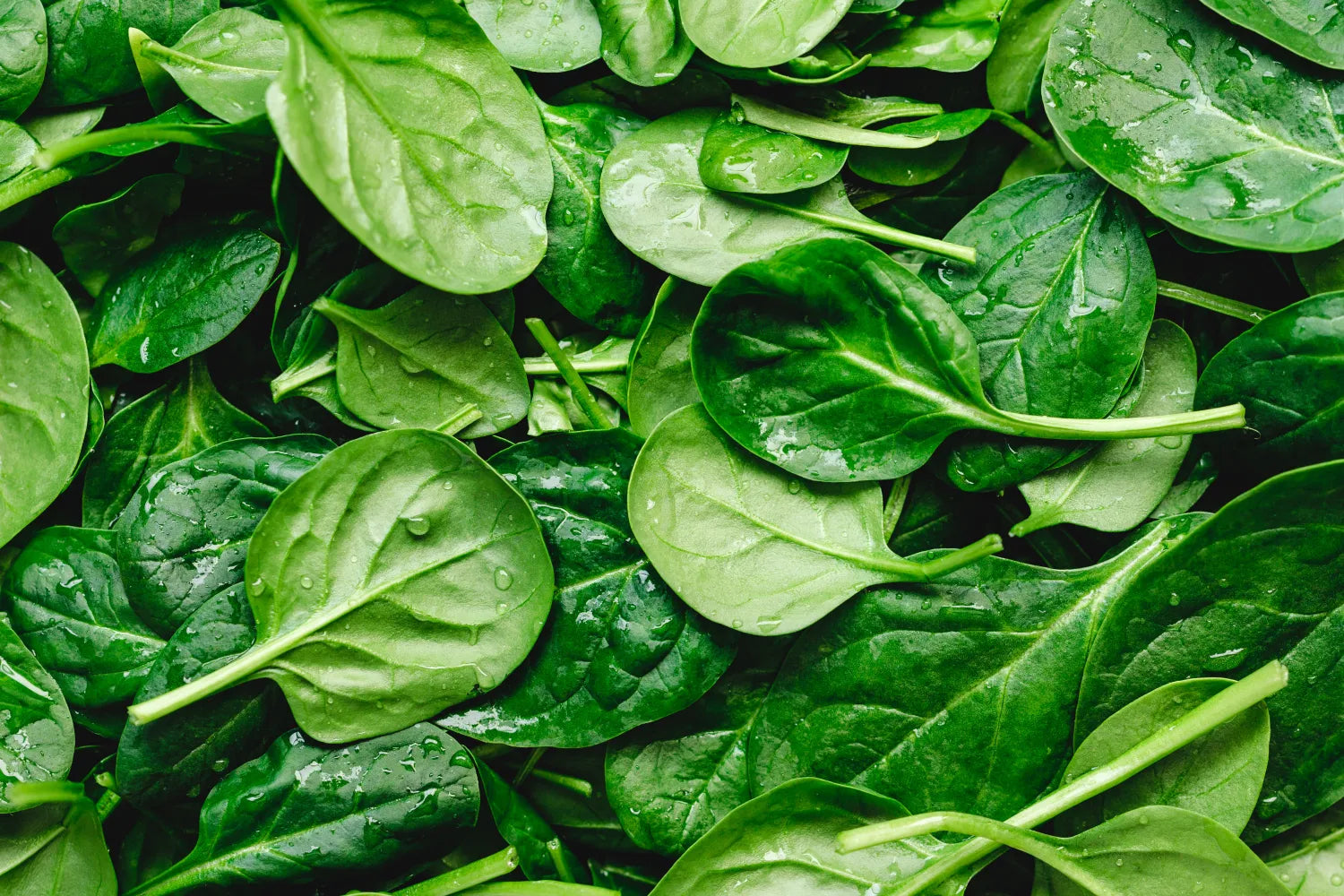
Can Dogs Eat Spinach?
Some dogs treat anything green like it’s an insult. Others will eat a sock and ask for seconds. So, when spinach makes its way into your pup’s bowl, you might be wondering — is this even worth the side-eye?
At A Pup Above, we’re big fans of real food that actually does something. And spinach? It’s one of those ingredients that gets a lot of buzz. But just because it’s good for humans doesn’t always mean it’s good for dogs (or that they’ll agree to eat it).
Let’s break it down.
Is Spinach Good for Dogs?
Spinach is one of those leafy greens that tend to show up on every “eat this, not that” list for humans. It’s packed with vitamins, minerals, and plant-based perks that support everything from energy levels to immune function. But does any of that carry over to your pup?
The short answer: kinda, yes. Spinach can offer some nice benefits for dogs — when it’s served in the right way and in the right amount. It’s not some miracle superfood, but it does come with a solid nutritional profile.
Here’s what spinach brings to the bowl:
-
Vitamin A for skin and eye health
-
Vitamin C and E to support cellular health and natural defenses
-
Iron and magnesium to help with metabolism and muscle function
-
Fiber to help keep things moving (in a good way)
-
Antioxidants that can help protect cells from everyday wear and tear
That said, dogs don’t need spinach to thrive. They’ll be just fine without it. But when it’s cooked and served the right way, spinach can be a nice bonus for dogs who tolerate it well — and a sneaky way to add a little green to their diet.
How To Prepare Spinach for a Dog
You’ve got the spinach and a pup who might actually eat it — now what? Before you toss a handful into the bowl, a few quick tweaks can make it a whole lot more dog-friendly.
Here's how to serve it up right:
Wash It Well
Spinach can carry dirt, pesticides, or other stuff you definitely don’t want in your dog’s food. Give it a good rinse under cool water and gently rub the leaves to make sure any grit or residue is gone. Even if it’s organic, it still needs a bath.
Skip the Raw Leaves
Raw spinach isn’t toxic, but it’s not always easy on the belly — especially for dogs with sensitive digestion. Lightly cooking it helps break down tough fibers and makes the nutrients easier to absorb. Unless your pup’s really into chewing leafy greens like they’re at a bunny buffet, cooked is the way to go.
Steam or Sauté (Without the Extras)
You don’t need a complicated recipe here. Just rinse the spinach, toss it in a steamer basket for a few minutes, and let it soften until it wilts. If steaming isn’t your thing, a quick sauté with a splash of water works just as well — no oil, no extras.
Chop It Small
Once it’s cooked and cooled, chop the spinach into small pieces or even mix it into their regular food. Smaller bites make it easier to eat and less likely to be picked out and left in a sad little pile next to the bowl. You know the one.
Want It Done for You?
If cooking spinach for your dog sounds like one more thing on an already full plate, we’ve got you. At A Pup Above, spinach comes built-in — gently cooked sous-vide in meals like Chicka Chicka Bow Wow and Porky’s Luau.
That means nutrients stay intact, flavor stays awesome, and your pup gets real, human-grade goodness without you having to lift a pan. Just scoop, serve, and watch them devour it.
How Much Spinach Should My Dog Eat?
Spinach isn’t a main course — it’s more of a healthy side. A little goes a long way, and the right amount really depends on your dog’s size.
Here’s a quick breakdown:
-
Small dogs (under 20 lbs): 1 to 2 teaspoons, chopped and cooked
-
Medium dogs (20–50 lbs): 1 to 2 tablespoons
- Large dogs (50+ lbs): up to ¼ cup
You can mix it into their regular food once or twice a week if you want to rotate in some greens. Just remember — it’s a boost, not a replacement.
Are There Potential Health Risks From Feeding Spinach?
Wondering if spinach is one of those “good in theory, tricky in practice” kind of foods? We get it — not everything green is automatically great for dogs. And while spinach can bring some perks to the bowl, there are a few things to keep in mind before going full leafy green.
Spinach contains naturally occurring compounds called oxalates. In large amounts over a long period of time, those can interfere with the way your dog’s body absorbs minerals and may put stress on the kidneys — especially if your pup already has kidney sensitivities. That’s why moderation is the name of the game here.
The good news? Small portions of cooked spinach, served occasionally, are generally safe for most healthy dogs. If your pup’s already getting a well-rounded, fresh diet (like ours), they’re not missing anything by skipping spinach altogether. But if you want to add it in, just stick to the basics: cooked, plain, and served in small amounts.
As always, if your dog has an existing health condition or you’re unsure how their system might respond, it never hurts to check in with your vet before adding anything new.
Spinach vs. Kale vs. Chard
We’ve talked about spinach — but what about its leafy cousins, kale and chard? All three pack a nutritional punch, but they’re not identical in how they affect your pup.
Spinach is high in fiber, iron, and folate, with a nice dose of vitamins A, C, and K. Kale brings even more vitamin C to the table, plus calcium and antioxidants. Chard is rich in magnesium and potassium but also has a stronger oxalate content than spinach, which can make it harder on the system if served too often.
When it comes to digestion, spinach tends to be the gentlest of the bunch — especially when it’s cooked. That’s a big reason why we include it in some of our human-grade, sous-vide recipes. It adds nutrients without overwhelming sensitive stomachs or crowding the bowl with tricky compounds.
The takeaway? Leafy greens can be great in rotation, but there’s no need to overload your dog’s diet with every “superfood” on the shelf.
Stick with what works, mix things up thoughtfully, and always serve them in ways that are easy to digest. You don’t have to pick a favorite — just be smart about how much, how often, and how it’s prepared.
Conclusion
So, can dogs eat spinach? They can — and some even like it. It’s not something they need every day, but when cooked and served right, spinach can be a nice little boost. Think of it as an occasional side dish, not the star of the show.
We include spinach in a few of our A Pup Above recipes because it adds nutrients without making things complicated. It’s gently cooked, sous-vide style, to keep the good stuff in and the guesswork out. No prep, no stress — just real food made for real dogs.
If your pup’s into greens (or you’re trying to sneak some in), spinach can definitely earn a spot in the rotation. Keep it simple, serve it plain, and as always, keep an eye on how they respond. Every dog’s different — and we’re here for all of them.
Sources:
7 Reasons You Should Eat More Spinach | Cleveland Clinic
Can Dogs Eat Spinach? Health Benefits and Considerations | MasterClass
Top Stories

Why Do Dogs Lick Their Paws?

Why Do Dogs Whimper & Make Noises in Their Sleep?

Healthy Vet-Approved Homemade Dog Food Recipes
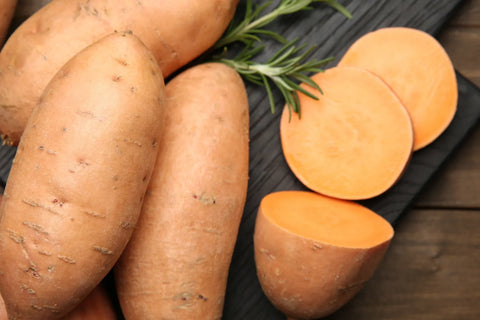
How To Cook Sweet Potatoes for Dogs


